Achmelvich - A Pollinators' Paradise
Andy explores the rich flora and fauna of the Achmelvich machair
The sun had finally come out and the machair was looking stunning. For weeks the dominant colour in Achmelvich had been yellow. The early yellow cowslips had gone to seed but meadow buttercups, lady’s bedstraw, yellow rattle, kidney vetch and the equally egg-yellow, birds-foot trefoil had been rampant on the sandy soil. Honeybees had been busy searching the flowerheads for nectar. Even the legs of the bees had been thick yellow with pollen grains. The first common blue butterflies were searching for places to lay eggs in this yellow paradise. The caterpillars of common blue butterflies feed on the young leaves of the birds-foot trefoil and so are dependent on this leguminous plant.
From Clachtoll beach to Achmelvich this strip of Assynt’s coastline is hard to beat when the sun is shining on the twisted ancient gneiss rocks and the sea is a delicious turquoise. But now reds and purple are starting to take over. The red clover is at its peak and looking wonderful. It is covered in white-tailed and common carder bumblebees. The flowers of red bartsia, mountain thyme and the black knapweed just added to the purpley show. Knapweed is a firm favourite for many of our pollinating insects, being a source of good quality nectar. And as well as supporting our bumblebees, butterflies and beetles, its seeds provide food for goldfinches, linnets and twite later in September.
But I guess everyone’s favourite, including mine, are the orchids. And this year especially, Achmelvich excelled itself. In a 50m stretch of croft-land I easily counted 150 common fragrant orchids, 76 northern marsh orchids and 50 early marsh orchids as well as heath-spotted orchids, frog orchids, butterfly orchids and common twayblade. I could make out the seed heads of early purple orchids that had finished flowering but were ready to shed hundreds of tiny dust-like seeds into the sandy ground for next year. It was not a very scientific count but just gives you an idea of the richness of the spectacle. Nine species of orchids without trying very hard and many thousands touches of rose pink and dark magenta among the other machair flowers.
And although the vista is magnificent to behold as a whole, it is equally rewarding to get down on your knees and examine closely. Fragrant orchids have the power to blow your socks off. The gorgeous scent of fragrant orchids is as surprisingly strong as it is beautiful. It is especially perfumed in the early evening when it is trying it hardest to attract moths. Only moths have a delicate tongue, lengthy enough to reach down into the 2cm long spur of the flowerhead and drink the sugary nectar. And of course, as payment, the moths unwittingly transport the orchids’ pollen balls glued between their antennae to the next waiting orchid. Mark Cocker writing for the Guardian said they reminded him of those messages sneakily stuck to people’s foreheads that say “I’m an idiot”.
Orchids are part of the largest and most highly evolved family of flowering plants on earth. They are usually highly specialised to a specific habitat, with equally specialised relationships with pollinators, and fungi which live in the soil. I could never understand how some years, there are orchids all over my lawn and the next year there are none and how seemingly suitable habitat nearby never had any orchids at all. But of course, orchid seed will only germinate and grow if the necessary fungal partner exists in the soil hence why we don’t encounter them all the time. Even if conditions are perfect the seeds might take years to germinate. Most orchids will take 3-5 years of growth before they bloom. With leaves hidden in the grass they easily go un-noticed. Of course, if you mow the lawn every two weeks they will never flower.
So, it is especially magic when all things come together and they area ble to put on a show. The crofters at Achmelvich must be congratulated for managing their land so well for nature. By copying the old tradition, when grazing animals were taken off the inbye in April and only returned in September, they have allowed the flowers a chance to bloom and set seed ready for the following year and the results can be fantastic. It is never straight forward of course: bracken is trying to spread its rhizomes into the lovely flowery meadow and creeping thistle, a beautiful flower in its own right and a rich source of nectar, can easily take over. But I am impressed with how the biodiversity is thriving in this wee corner of the Highlands.
When nature is under attack from all corners it is great to see people giving it some space. Orchid species along with other native flowers participate in two of the great double acts that are at the very foundations of life on earth. They have a deep relationship with insects, supplying food for them in exchange for reproductive services. And orchids also forge this amazing, profound subterranean symbiotic connections with mycorrhizal fungi. Humans on the other hand spend vast sums of money on a cocktail of pesticides, fungicides and fertilisers that have a huge cost to our wildlife, orchids, and the health of our environment.
Andy Summers, North Highland's Senior Ranger for High Life Highland, is a dedicated naturalist with a deep understanding of the region's diverse ecosystems. His extensive experience in wildlife conservation and passion for preserving North Highland's pristine landscapes make him a vital asset. Andy's work encompasses wildlife observation, environmental education, and passing on a greater appreciation for the area's unique flora and fauna. His commitment to conserving North Highland's natural heritage is evident in his expertise and unwavering dedication.
Are you living or visiting Highland and available from the 7th- 16th August? We are looking for help with our Big Pollinator Count!
More details to follow in Thursdays email - or by clicking the link above (if you really can’t wait ;-)





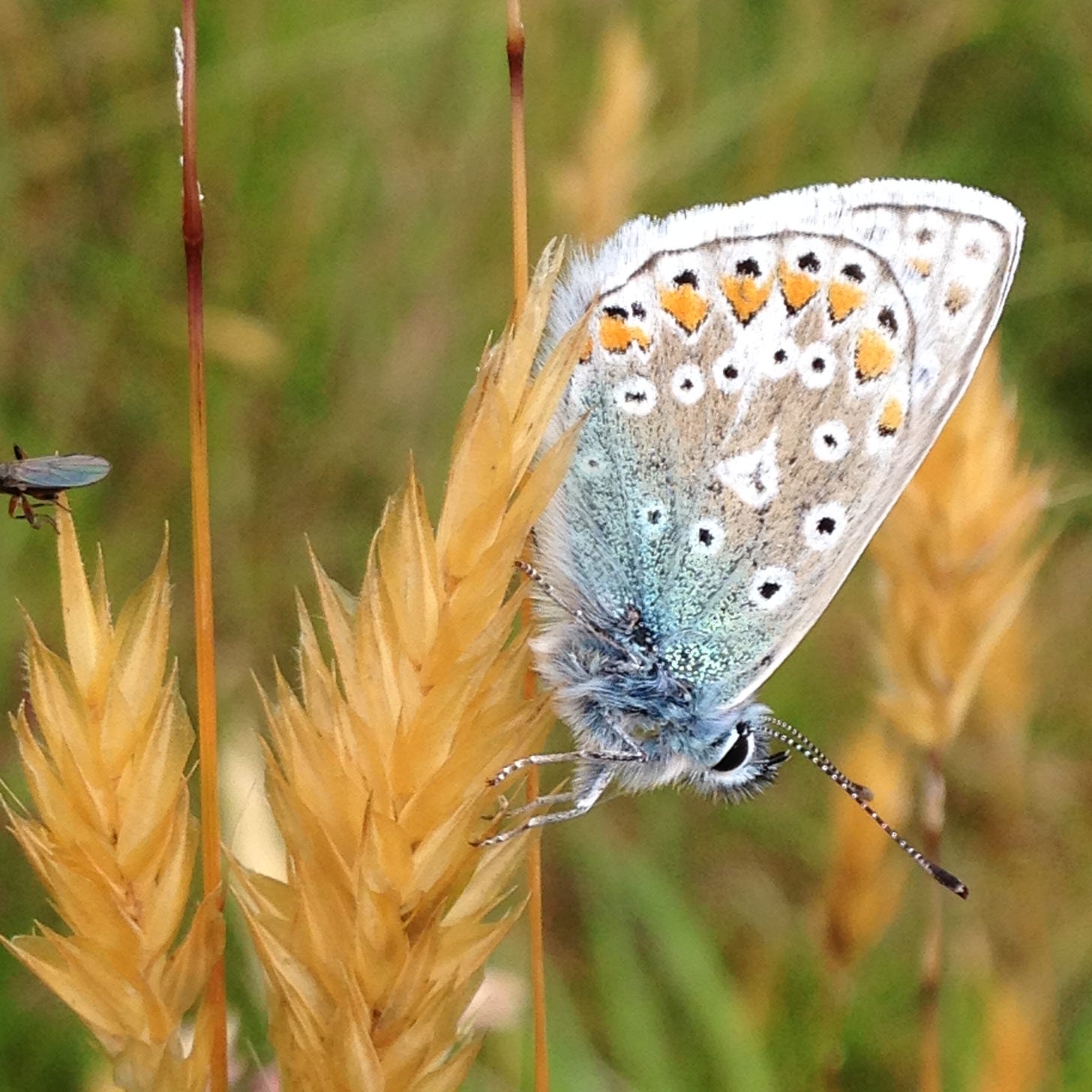
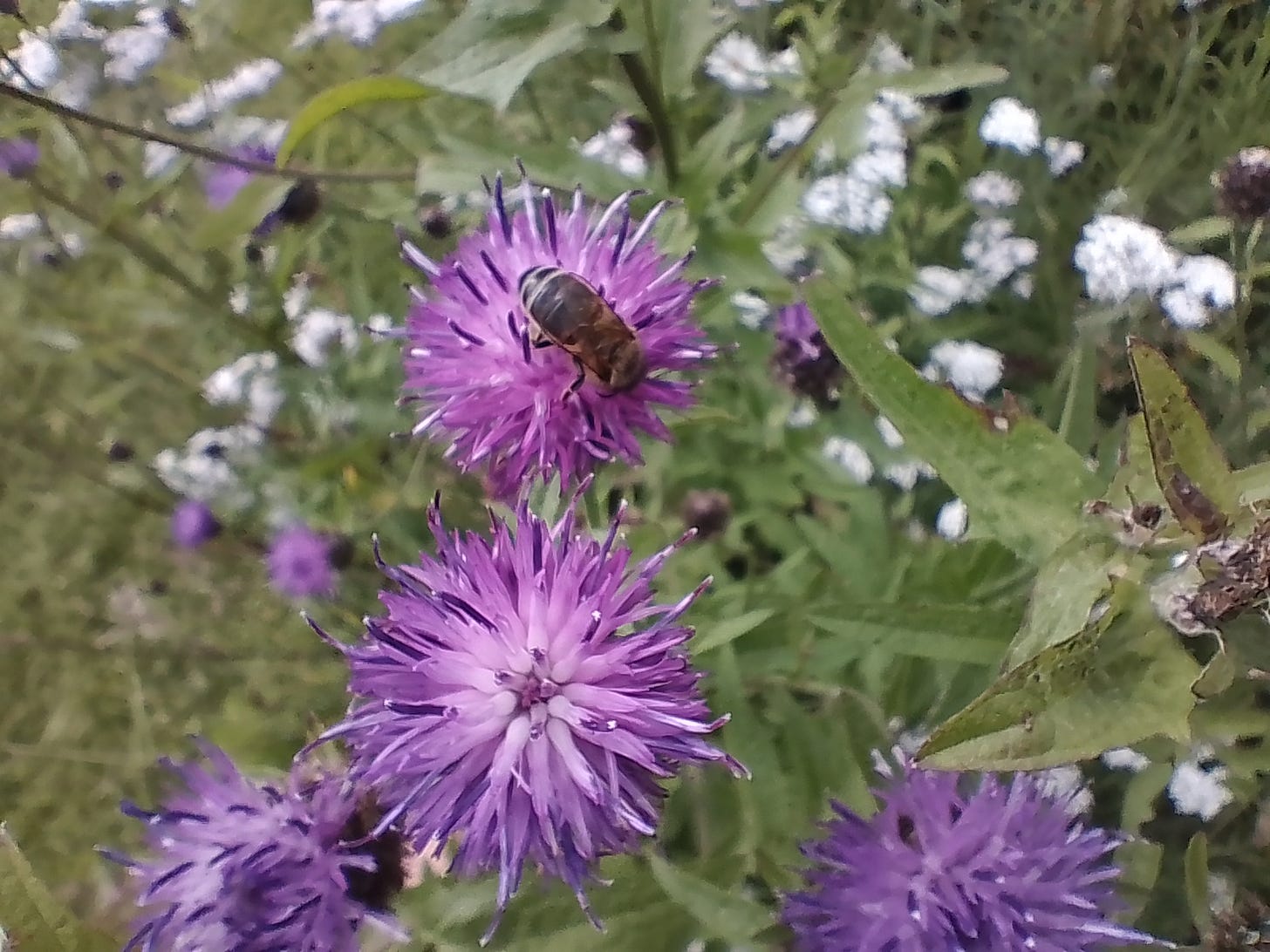
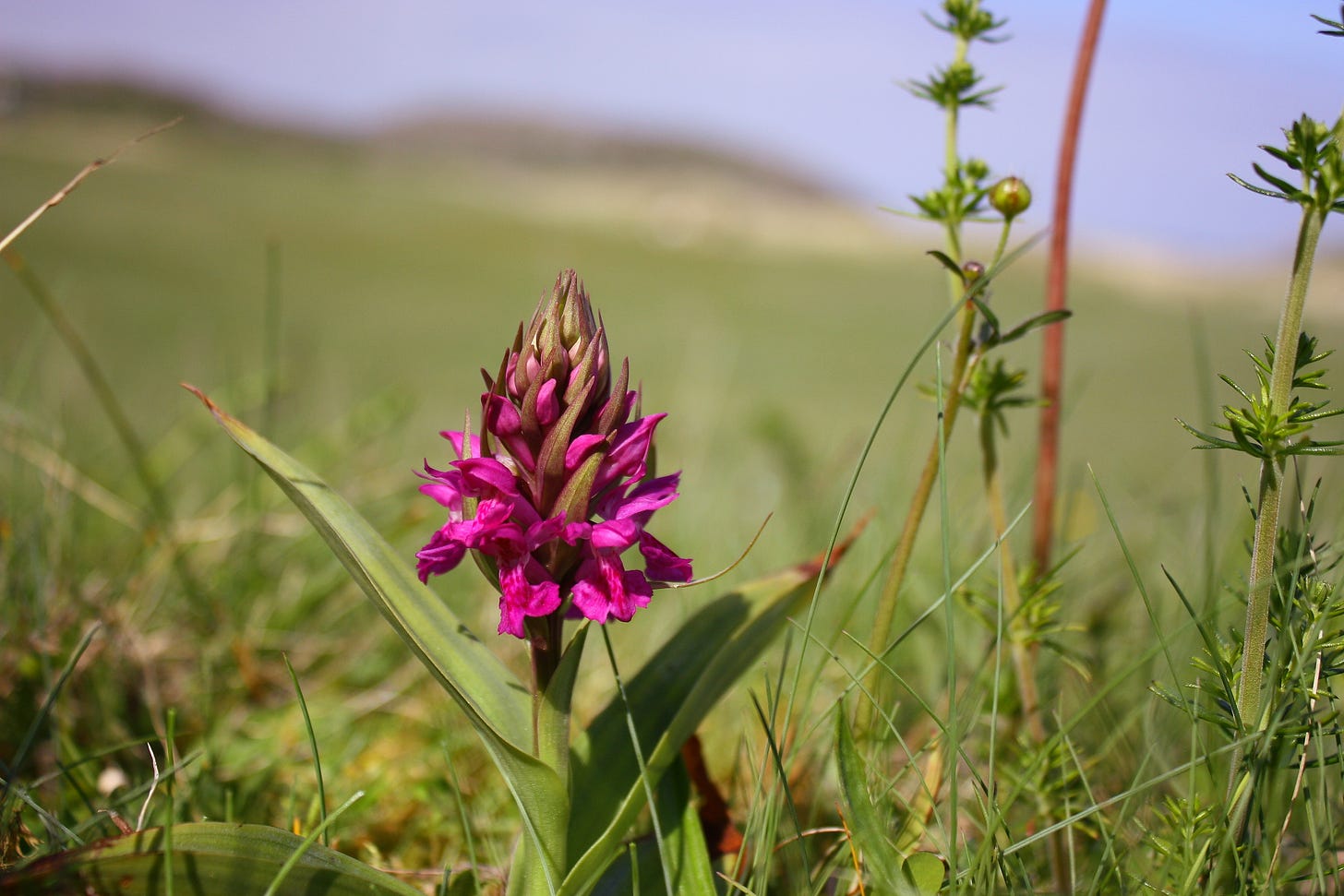

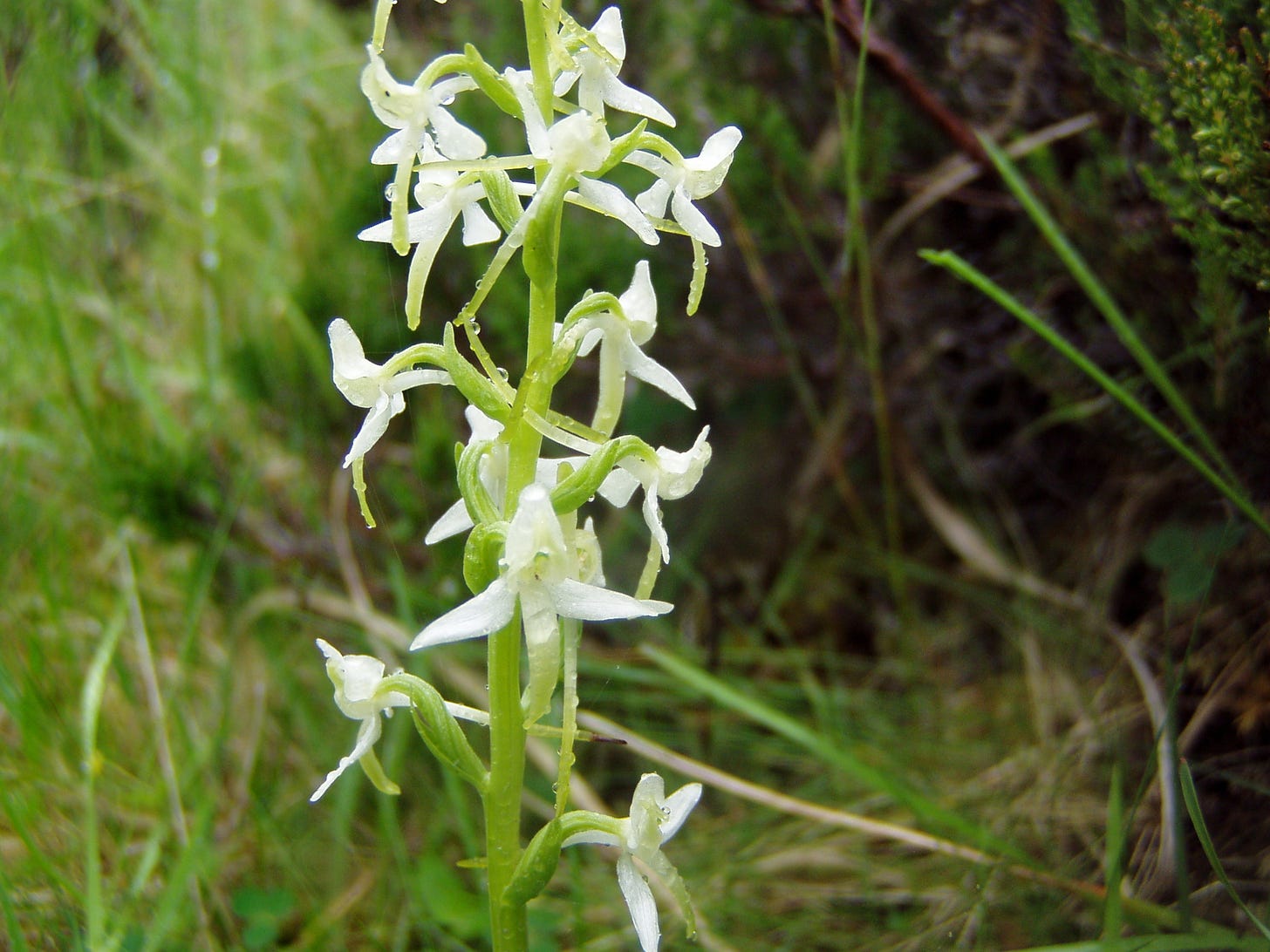

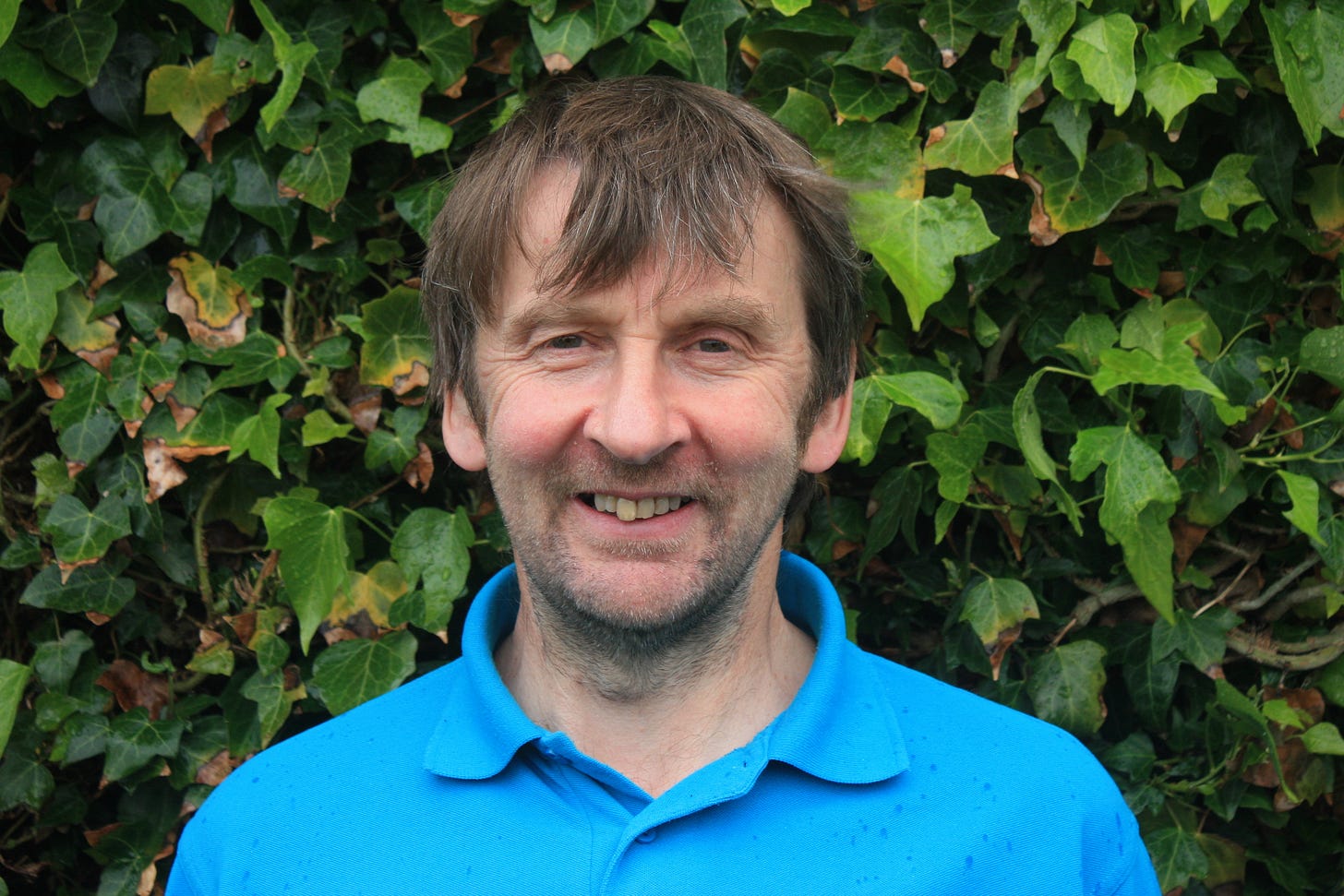
I loved reading this and the photos are beautiful. I remember Achmelvich being a wonderful place, when I visited several years ago now